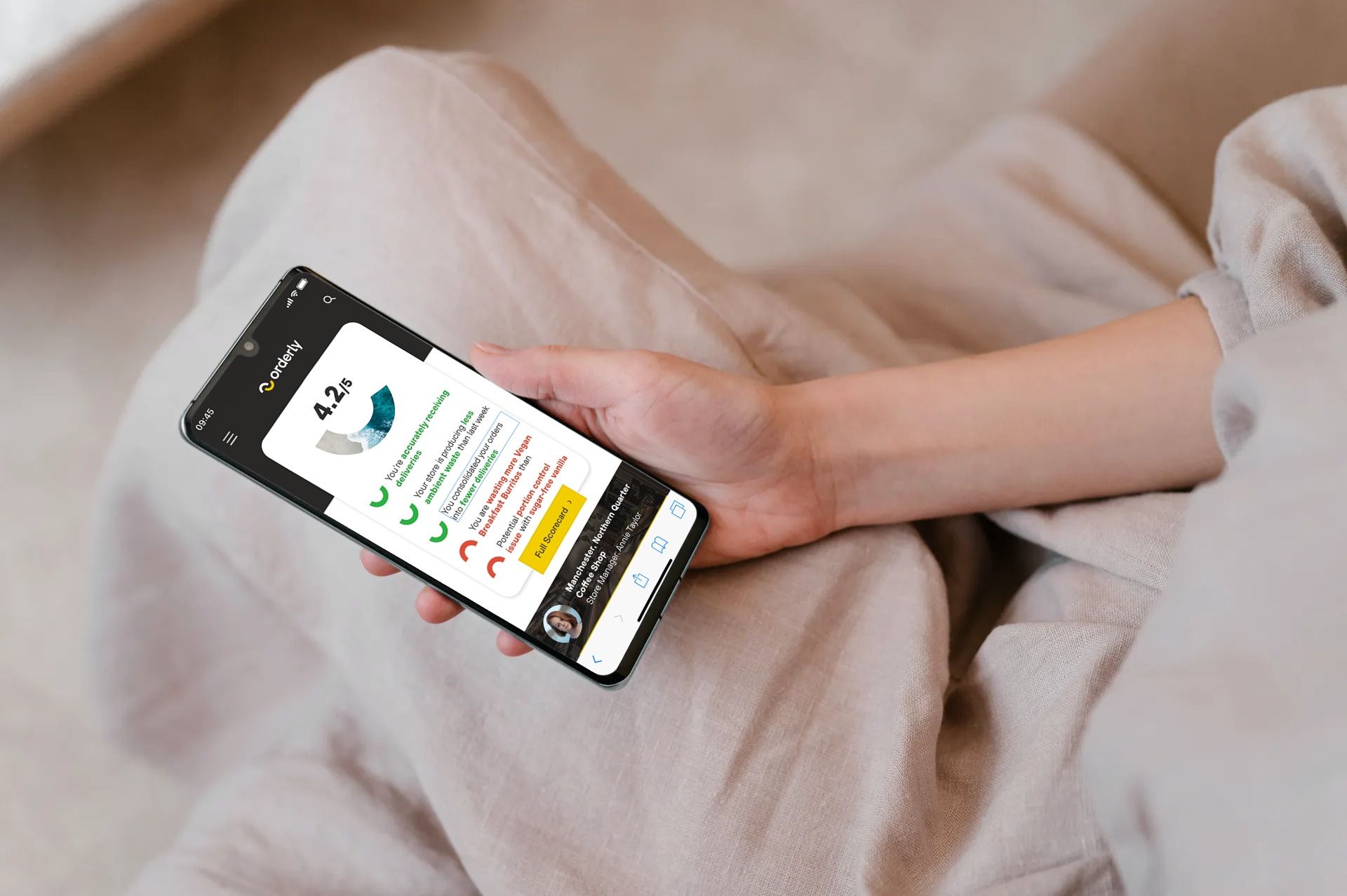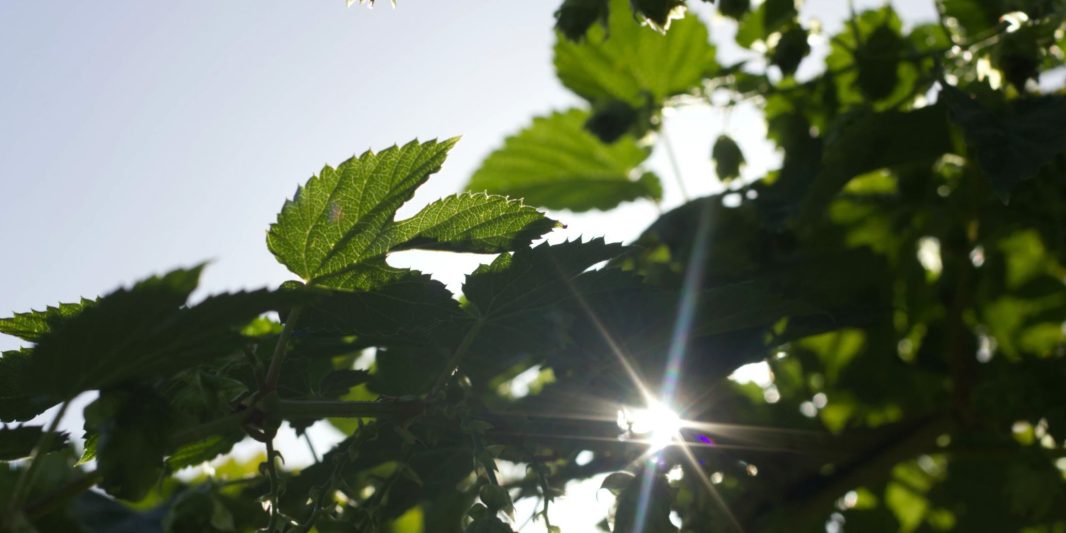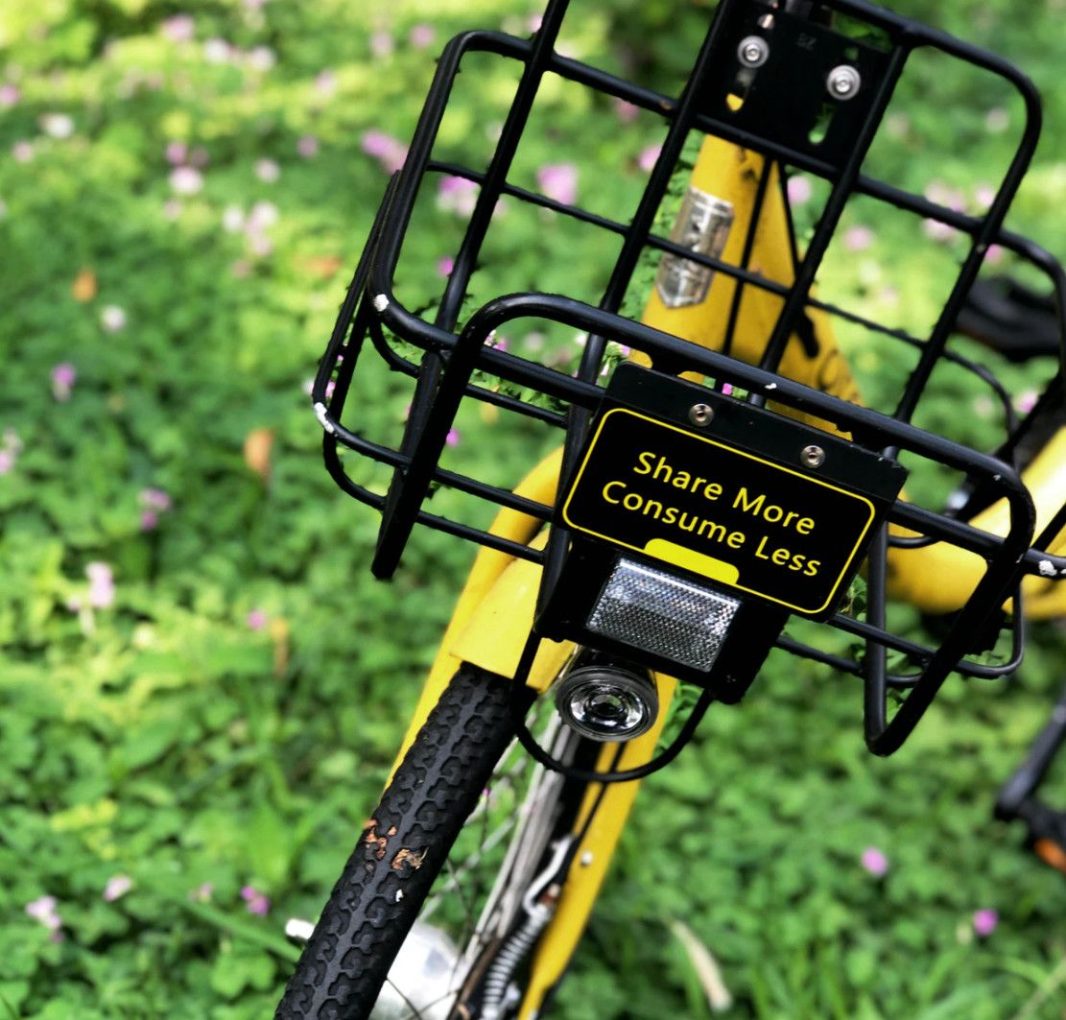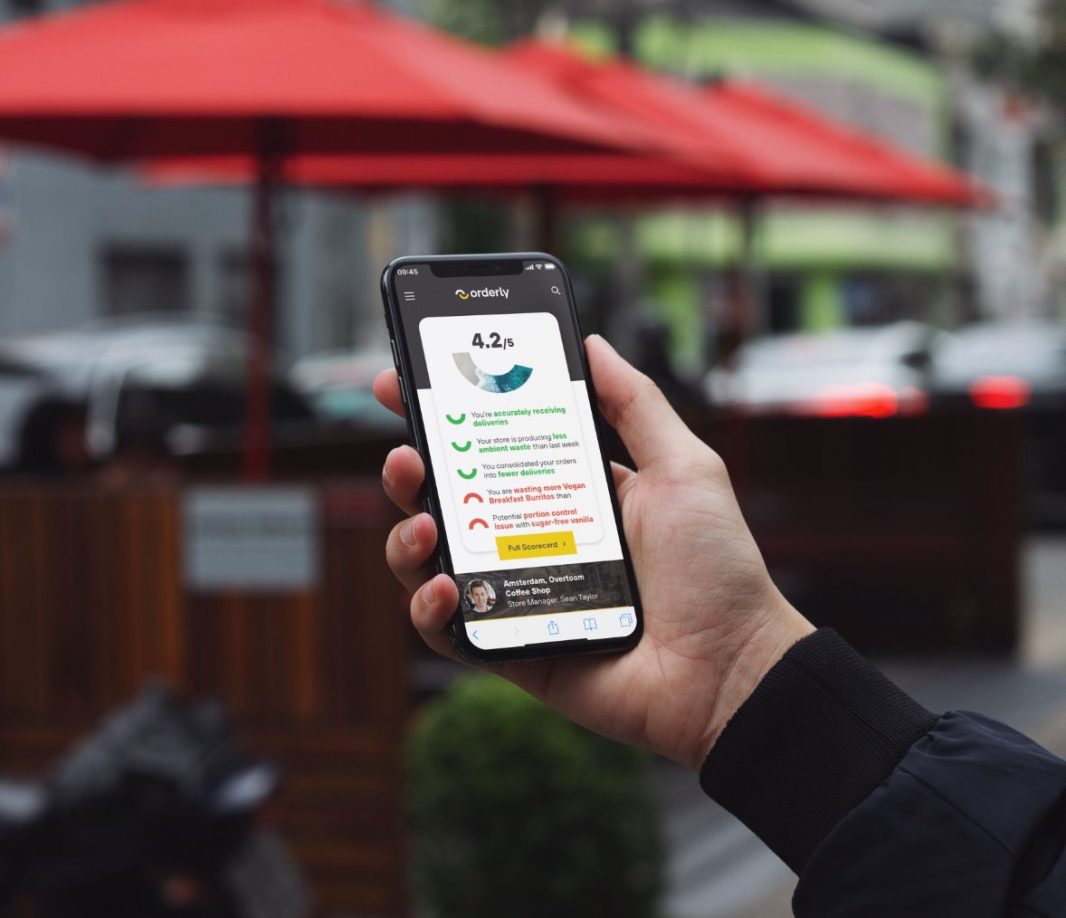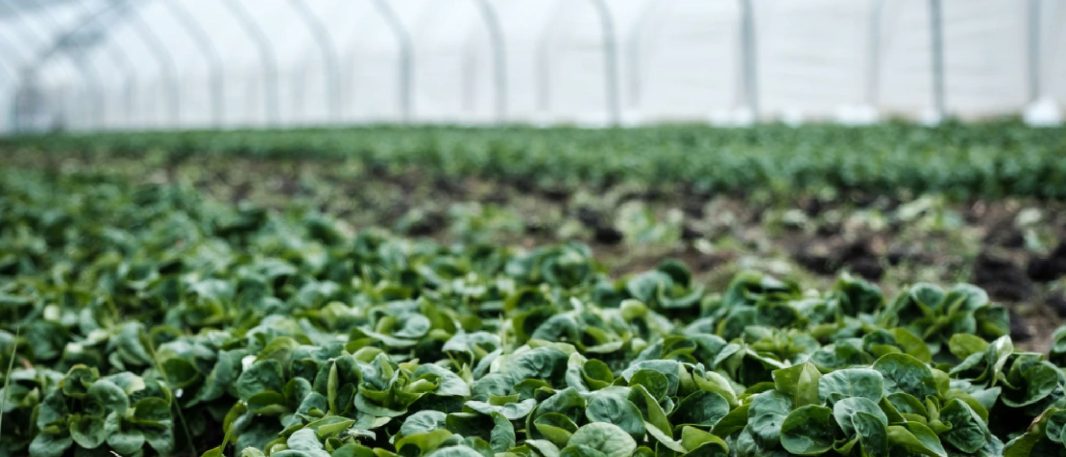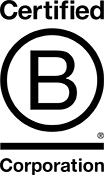You wouldn’t expect a company that wants to improve sustainability to be talking about how oil is enabling that. But in recent years, a different resource has become the new oil – data.
When we talk about collecting data, it can conjure up an image of government plots, of your movements being tracked, or of corporations peering into your private thoughts. The reality is much less exciting. We are really looking for readily available information, things like the weather and the time of day, and how that impacts habits. But the results of what we can do with that data is the truly exciting part.
Our “oil” is stored in a lake. A data lake is essentially a place where a variety of different types of data can be stored together in their unprocessed form. This allows us to be able to combine different types of data to observe trends, and look for opportunities to improve sustainability.
A data lake needs to be maintained to prevent it from becoming a “data swamp” where the data becomes unusable to its intended audience. The data needs to be organised and laid out correctly for it to be any use. Just as Orderly wants to keep the planet clean, we also have the skills to keep our data lake pristine!
With the right tools, the information that you can pull from a data lake can be very powerful. The journey of one item at one store on its own doesn’t really tell us anything, but once it’s combined with large amounts of other data it can start to show us trends.
By utilising machine learning on a data lake, we’re able to spot patterns and trends that people would not be able to see. Not just because of the size of data that we’re working with, but also through the subtlety of the patterns, and the unintuitive way that these connections might arise.
When combined with the expertise of data analysts, problems and theories can be investigated and realised to streamline processes and identify areas for improvement.
And this is why it’s useful to have a variety of different data types stored in a data lake. We don’t know in advance which combinations of data are going to reveal the best insights. On top of that, the more different types of data we combine, we are going to produce exponentially more insights and opportunities.
For example, a list of restaurant names on its own can only tell us one thing. A list of restaurant names and their geographical locations can tell us slightly more. The real use comes when we start adding in other bits of data, such as combining the location with the weather and then looking at the impact this has on the sales data.
This is where we can start using the data to have an impact on sustainability. If we have the data to prove that there are products that don’t sell on rainy days, we can use this information to cut back on waste.
While sustainability is at the heart of everything we do, and is why we are becoming a B-Corp. Our customers are also set to expect a number of financial insights around sales, purchasing, missed opportunities and stock accuracy. Waste is the first of our sustainability targeted data insights and will be shortly followed by more.
This is just some of the exciting learning we have been doing as part of our new Orderly Data Platform, which sits at the heart of our new sustainability scorecard application.

